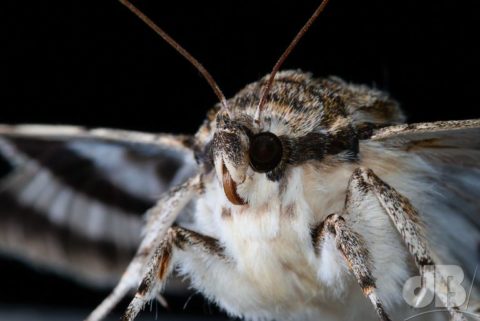Clifden Nonpareil – For the incomparable moth from Clivedon House, blue is the colour!
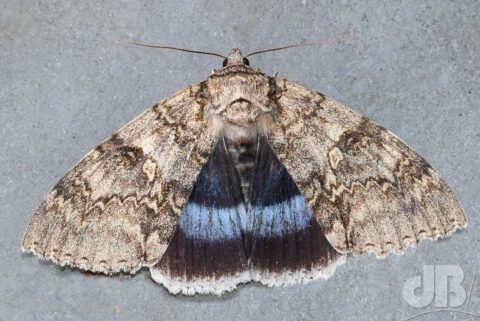
The UK Moths website described Catocala fraxini as the Victorian collector’s classic all-time favourite”. It also goes by the name of the Blue Underwing because of the shock of blue on the hindwings, which are usually covered by the forewings when the moth is at rest and are exposed when it reacts to a threat.
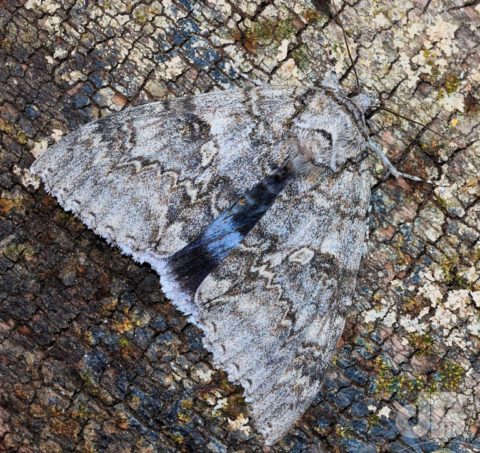
The moth was well known in the British Isles in Kent and Norfolk until the middle part of the the 20th century, the site explains, but it ultimately became extinct in terms of being a breeding resident on these shores and was seen only occasionally by lepidopterists as a vagrant immigrant from the continental mainland.
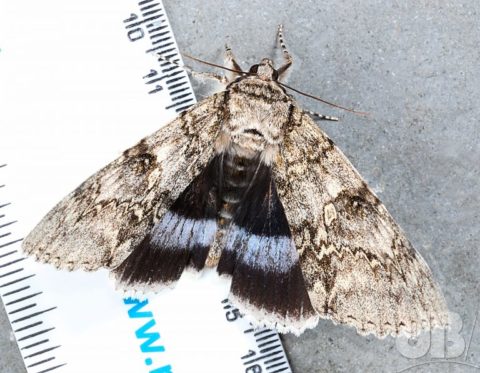
Thankfully, the species has been gaining new traction in the South of England and in East Anglia. It is now thoughtto be recolonising and is almost certainly breeding in the south. As an amateur moth-er, I hoped to draw this species beyond compare to the actinic lure I light up some nights in our Cambridgeshire garden. I didn’t hold out much hope until I heard on the mothing grapevine that there had been one or two sighted in neighbouring counties.
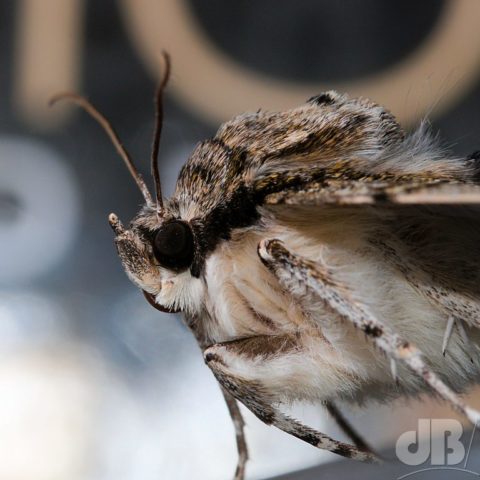
Then, in the middle of August, a fellow moth-er at the other end of our village here, reported a sighting of a Clifden in his garden. At the time, the closest I came to the fabled Blue, was another Catocala species, the Dark Crimson Underwing, that came to the actinic lure (it’s just a UV lamp, by the way). The Dark Crimson is usually confined to the New Forest, I was happy to see it.
A couple of weeks later my village friend reported a second Blue and his own NFG (new for the garden) Dark Crimson. I had my fingers crossed as tightly as they can be, but no luck. The autumn kicked, in then a mini-heatwave or two. There were endless Large Yellow Underwings (which are unrelated to the Catocala species, being Noctuidae rather than Eribidae. There were also lots of Lunar Underwings, yet another noctuid with veiny forewings and a moon-like crescent on each hindwing. Lots of Square-spot Rustics too and the Black Rustics of autumn. But no Blue.
Finally, on the night of 28th September at about 22h50, I let the dog into the garden for her late-night ablutions and checked the actinic lure, immediately spotting lots of craneflies on the adjacent wall, a Lunar Underwing on the box itself and…oh…there…an enormous speckled, patterned, grey moth with its shimmering band of blue on each hindwing exposed when the moth is disturbed. It truly is beyond compare, nonpareil.
This specimen was a little battered by the time it reached my lure. It is about 48 mm from palps to the tip of its folded forewings. The books describe it by wingspan which can be 80 to 90 mm. For a British species, it is truly enormous and impressive, not quite as big as our largest resident the Privet Hawk-moth which can be up to 120mm when its wings are fully expressed.
